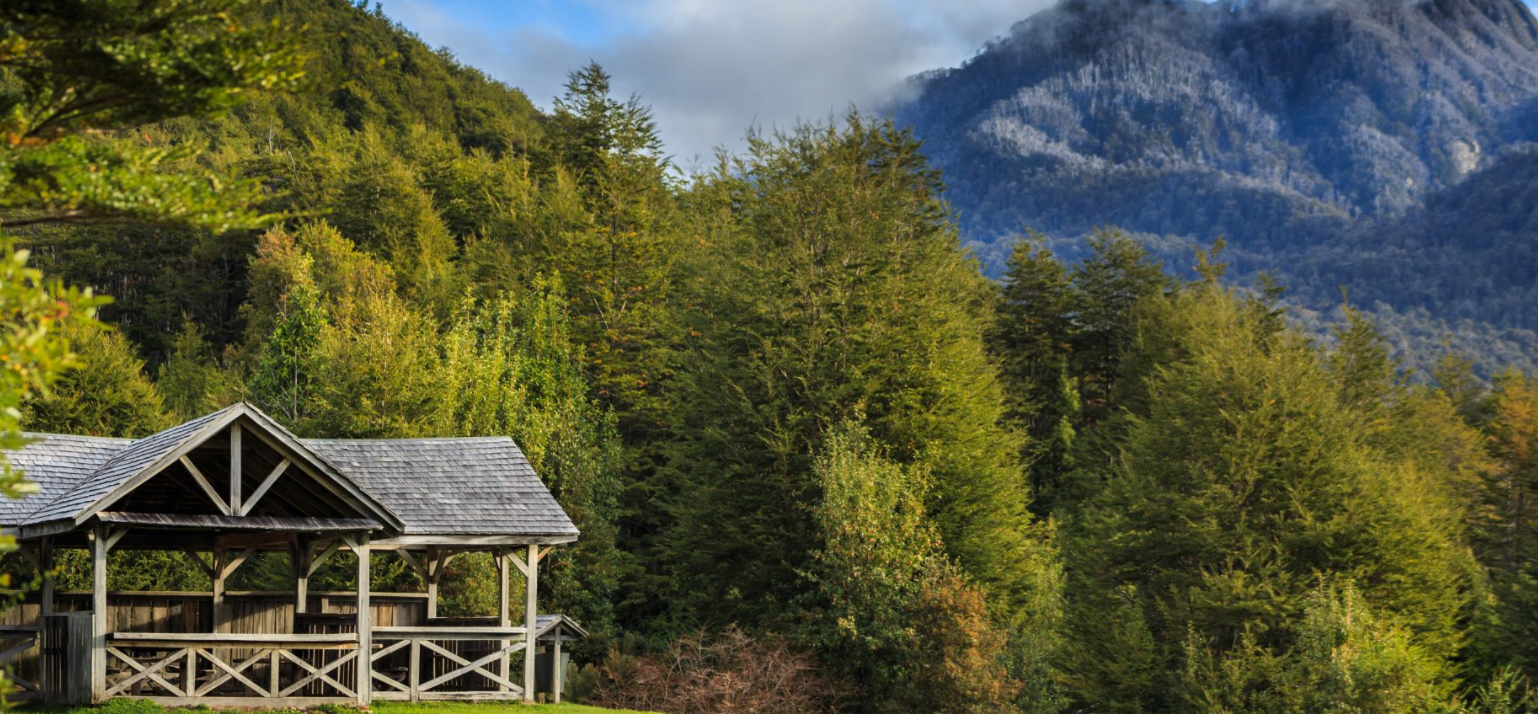Parque Nacional
Patagonia
The Patagonia National Park has an area of a little more than 304 thousand hectares and was declared park in 2018. The park protects a representative sample of the ecosystems of the interior sector of central Chilean Patagonia. This park forms a large conservation unit that integrates lands of the former Hacienda Chacabuco, donated by the Tompkins Conservation Foundation, and two old Chilean nature reserves: the Lago Jeinimeni national reserve, and the Lago Cochrane national reserve. The climate is semi-arid in the east, a steppe area, and is classified as “semi-arid Patagonian”, with less than 600 mm of rain. In the forested area, the climate is “humid Patagonian” with rainfall mostly concentrated in winter - about 1000 mm. Temperatures are cool in the summer and very cold in the winter. The valley includes the entire hydrographic basin of the Chacabuco River that runs from east to west and is confluent with the Baker. Since ancient times it has been a natural corridor used by both native peoples and fauna. It was the scene of large cattle ranches. With herds of Guanacos in the grasslands, and Condors high above, the varied ecosystems make Patagonia Park a haven for wildlife. 10% of the remaining population of Huemules (Andean deer) lives in the park









